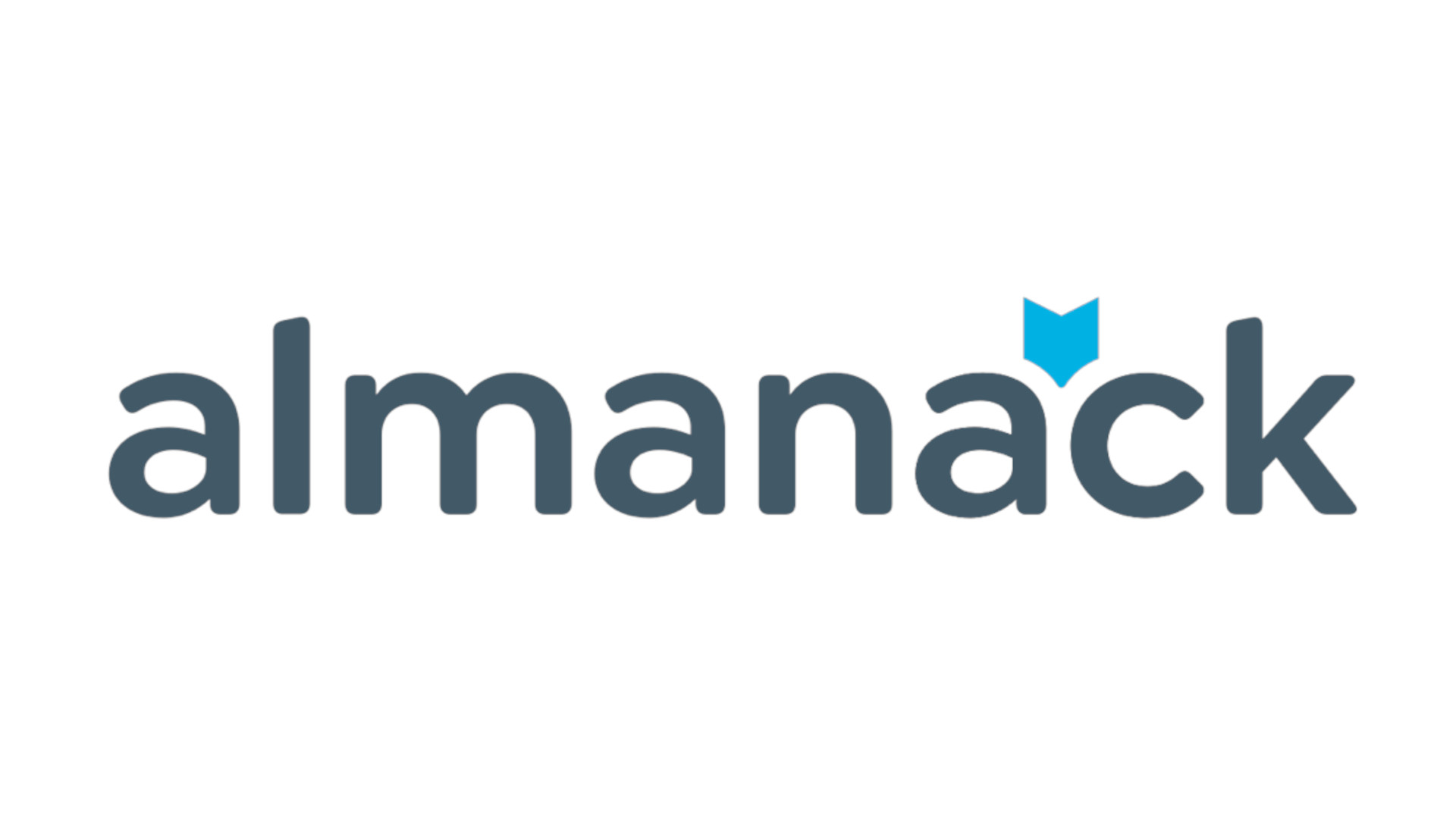Analytics-Based Strategies to Equitably Address Opportunity Gaps
How schools use analytics and data to personalize the learning experience for all students

How can schools use data to personalize the learning experience for all students?
“We’re really starting to see districts rally around the data, and trying to get it into the hands of school-level administrators to drive future decisions,” said Dr. Adam Cibulka, Senior Manager Student Analytics for Frontline Education, during a recent Tech & Learning virtual roundtable discussion. “We have students who have been in crisis through this entire time, and they might not be telling us they're in crisis, so we need to make sure and find a way to take all the data sets that we have put it in a spot for our team to analyze and act on because many times those students would not cry out that they need help.”
Educators and experts discussed this and how they are using data to benchmark student performance, target opportunity gaps, develop strategies to accelerate student learning, and ensure all students have equitable learning opportunities.
See the free on-demand version here
Key Takeaways
Whole child focus. “Equity means that everyone is searching to find their place. And every one is looking for a chance to have a chance,” said Dr. Searetha Smith-Collins, 7 Mindsets Chief Academic Officer. “So as we think about data collection and analyzing data, and finding ways to support learning and opportunities, we have to keep that in mind as our underlying thoughts.”
Currently, district leaders are focused on educator recruiting, staffing, and training, while school-level priorities are mainly centered on social-emotional learning and areas beyond pure academic performance. “I love something that Louisa May Alcott said. ‘I am not afraid of storms, for I am learning how to sail my ship,’” said Smith-Collins. “And I think for those of us who have successfully managed through this process that we just concluded, about 700-plus days of COVID and its impact, we're closer to knowing now that we need to develop the whole child, the whole person. We know that we can now get back to transforming education and building positive, happy humans.”
Data rich, analytics poor. Cibulka discussed how Frontline has been working hard with districts to develop analytics dashboards that allows educators to easily combine and analyze student data, from attendance to what apps they have, to create better supports. “We need the data to know where we are now so we can craft a path to where we want to be,” he said.
Tech & Learning Newsletter
Tools and ideas to transform education. Sign up below.
“Many of our clients are saying, ‘We’re data rich and analytics poor – where do we go?’” said Dr. CyLynn Braswell, Advisor for Student Analytics at Frontline Education. Educators really want to understand the metrics to know who their students are and what the community is experiencing, and to move forward. “If we're not careful about how we pivot, if we continue to keep circling back around, we're going to go right back to where we were pre-COVID and not providing the opportunities for young people.”
“Data doesn’t give you the answer, but it helps you answer what the reality is and how to monitor the situation,” said Dr. Barbara Ybarra, Associate Superintendent of Teaching & Learning for Bryan ISD in Texas. Ultimately, she said, “It's about the progress, the conversation, and the action. And that comes from strong leadership, that's built on trust in a collaborative way that’s shared between the campus, the district, and all the other teams coming together to make the greatest positive impact on that child in the time that I have with them.”
Using data to better support equity. Smith-Collins noted that a lot of professors weren’t ready for the same learning emergencies as there was in K-12, which trickled down into instruction. “We can’t depend on what we think will be certain, so we have to prepare for different ways of doing business,” she said. “We saw that there are shortages and uneven opportunities so we have to begin to look at how we are delivering teaching and learning and assessments. And is it really addressing the needs of all of our families and students?” Consequently, using data to inform decisions around the appropriate curriculum tools that will help teachers make shifts to virtual learning, if need be, is critical.
Students who are connected to the school community tend to thrive, so it’s critical to track data in order to make those connections for all students, said Ybarra. It’s also important to address the opportunity gaps within families, and providing data to the community is a part of that, especially for district improvement plans. “Nothing's worse than being asked to actually sit at the table and not being allowed to eat,” she said. “That happens in the data and we see it. These tools allow us to actually become actionable around it and say everyone will come to the table and all will eat.”
Ray Bendici is the Managing Editor of Tech & Learning and Tech & Learning University. He is an award-winning journalist/editor, with more than 20 years of experience, including a specific focus on education.












